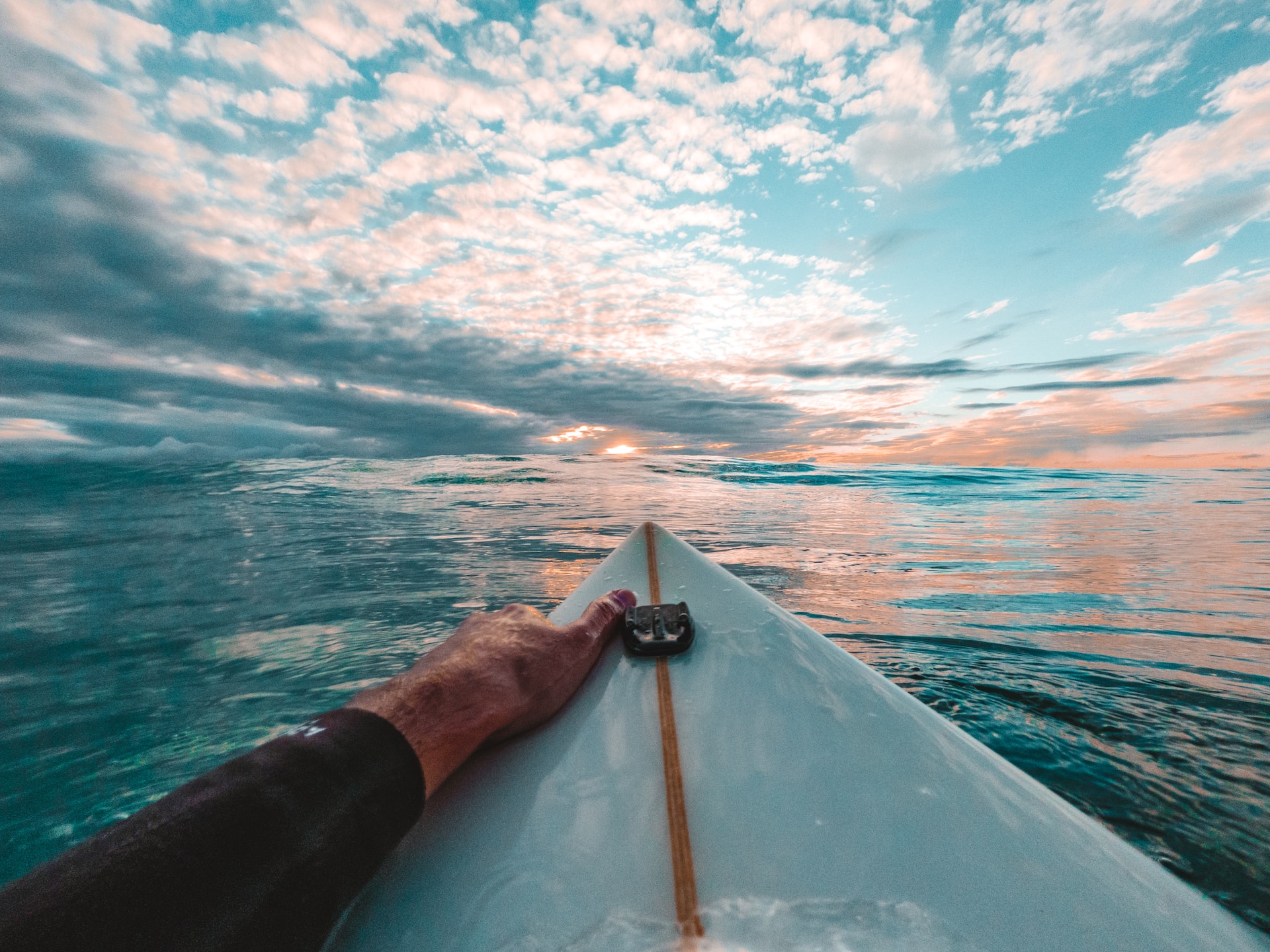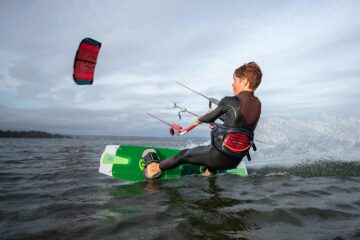Is Surfing Hard? Many people think so. Surfing involves balance, strength, and patience. Imagine standing on a board while waves move under you. It’s a skill that takes time to master.
Beginners often struggle. They fall, get back up, and try again. Experts make it look easy. They glide across waves with grace.
- Balance is key.
- Waves can be unpredictable.
- Practice leads to improvement.
Surfing is not just a sport; it’s an art. As with any art, it begins with a willingness to learn and a spirit to keep going, wave after wave. Here’s what you need to know about starting your surfing journey.
Key Takeaways
- Practice and patience are key to mastering surfing.
- The right gear and conditions make learning easier.
- Fitness and mindset are vital for surfing success.
Is Surfing Hard? The Reality Behind the Sport
Surfing captivates many. It promises adventure and freedom. Yet, it’s not as simple as it looks. Here’s why surfing is a challenge.
Mastering Balance
Balance is crucial in surfing. You stand on a narrow board. The water moves beneath you. It shifts and changes. You must adapt quickly. This takes practice. Beginners often find this hard.
Reading the Waves
Waves are the surfer’s terrain. They are never the same. You must learn to read them. This means understanding when to move and when to stay still. It’s a skill that comes with time.
Building Strength and Stamina
Surfing demands physical strength. Your arms paddle you out. Your core keeps you stable. Legs guide the board. This sport works your whole body. Stamina is also key. You might wait hours for the right wave.
Patience and Persistence
Surfing teaches patience. You wait for the right conditions. You fall and get back up. Progress can be slow. But with persistence, skills grow. The challenge becomes the reward.
Surfing is hard, but it’s also rewarding. It teaches more than just riding waves.

Equipment and Conditions: Setting Yourself Up for Success
Surfing success starts with the right gear and conditions. Here’s how to set yourself up for a great start.
Choosing the Right Surf Equipment
The right board makes a difference. For beginners, a larger, thicker board offers stability. It helps with balance. A good wetsuit protects against cold water. It should fit well. Leashes keep your board close if you fall. These basics set the stage for learning.
Ideal Surfing Conditions
The best spot has gentle waves and little wind. It’s not too crowded. This gives you space to practice.
- Understanding Wave Dynamics Waves vary in size and speed. Beginners should look for small, slow-moving waves. They are less powerful and easier to manage.
- Weather Patterns and Surfing Success Clear skies and mild winds often mean good surf conditions. Storms can make the sea rough. It’s best to avoid these times.
Good equipment and the right conditions help you learn. They make surfing safer and more enjoyable.
Preparing Your Body and Mind
To surf well, prepare your body and mind. This means practice, fitness, and mental strength. Let’s dive in.
Practice is key. Time in the water teaches you about waves and balance. It builds your skills. Each session improves your technique. Make a schedule. Stick to it. The more you surf, the better you get.
Cross-Training for Surfing
Surfing uses many muscles. Cross-training can improve your fitness. Activities like swimming build endurance. Yoga improves flexibility and balance. Gym workouts strengthen the core and legs. These exercises help your surfing.
Mental Preparation
Falling is part of learning. Accept this. Focus on progress, not perfection. Visualization can help. Imagine riding waves successfully. This builds confidence. Learn from each fall. It’s a step towards success.
Preparing your body and mind is a journey. It’s about consistent practice, staying fit, and being mentally strong.
Techniques and Strategies for New Surfers
New surfers need the right techniques and strategies. Here’s how to start on the right foot.
Avoiding Common Mistakes
The pop-up is your start on the wave. Do it right for the best ride.
- Knees vs. Feet: The Best Way to Pop Up Use your feet, not your knees. Popping up on your feet is faster. It gives you better balance. Practice this move on land first.
- The Pitfalls of Rail Grabbing During Pop Up Avoid grabbing the rails of your board. This can throw you off balance. Keep your hands flat on the board as you pop up.
Starting with Surfing Basics
Learn the basics first. Start with paddling. Then learn to catch waves. Work on your stance. Take it one step at a time. This builds a strong foundation.
Navigating Crowds
Surf spots can be busy. Respect others. Learn the right of way. Watch and learn from experienced surfers. Stay aware of your surroundings.
With these techniques and strategies, new surfers can grow. Focus on the basics. Practice the pop-up. Respect the crowd. Surfing is a journey. Enjoy each step.
FAQs
What makes surfing difficult?
Surfing is hard because it involves complex movements, reading ocean conditions, and requires a lot of physical fitness.
Can I teach myself to surf?
While self-teaching is possible, lessons can provide valuable guidance and speed up the learning process.
What is the hardest part of learning to surf?
Many beginners find paddling out past the break and the pop-up to be the most challenging aspects.
What age is too late to learn surfing?
There is no age limit to learning to surf. As long as you’re healthy and capable, you can learn to surf.
Final Words
Surfing is indeed hard, but it’s a rewarding blend of art, sport, and personal growth. It demands physical and mental strength, patience, and persistence.
With the right approach and dedication, the challenges of surfing become milestones of achievement, making every wave a triumph and every ride a step towards mastery. Embrace the journey, and the sea will reward you.





[…] it simple, stay patient, and enjoy the ride. Let’s uncover the secrets of surfing and how long it truly takes to become a skilled […]
[…] Surfing is tough at first. Waves knock you down. It’s part of the process. Stand up again. Keep trying. Progress comes with persistence. […]
[…] less equipment is needed, body surfing still requires skill and awareness to stay safe. Give this classic ocean activity a try for a fun new […]